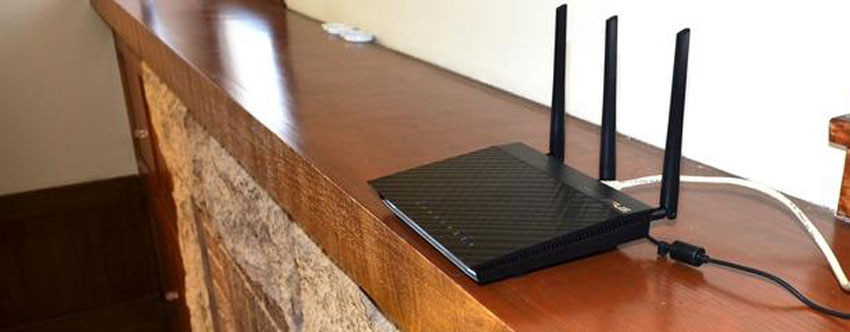Home networking explained, Part 2: Optimizing your Wi-Fi network
CNET editor Dong Ngo answers questions about how to optimize a home Wi-Fi network.
1. Placement
Location: A wireless router (from here on in this post, it will be addressed as "router" for short) broadcasts Wi-Fi signals away from it in all directions. Think of the signal coverage as a globe with the router being right in the center. Outside of this globe, clients won't get a signal. This globe, however, is not exactly spherical; one of the reasons is because the signals are generally turned to go out more horizontally than vertically, and like all radio signals, they tend to spread laterally and downward the farther they are from the broadcaster. That said, the best place to place your wireless router or access point is in the center of your home and elevated.
To take advantage of this, use the telephone jack (or coax cable outlet) at or near the center of the house, preferably on the upper floor when applicable, to connect to your modem and then your router. If need be, hire an electrician to create a new outlet in the right place. If it's not possible to move the phone jack or run coax cable to where you want, use a long network cable to connect the router to the modem, leaving the modem where the jack is and the router/access point at the center of the house. (In my experience, it's actually quite easy to run cables above the ceiling, or under the house).
Surroundings: A wireless signal works best outdoors in an open environment. Since it's not possible to have that indoors, you can improve the signal a great deal by making sure the immediate surroundings of the router/modem are clear, especially in the directions you want the signals to reach. This means you don't want to leave the router in a closet, or put it between a big TV and a wall. The best place to leave the router is in midair, but since that's quite hard to do, the second best thing is to put it on the surface of a desk, or mount it on the wall when applicable. Generally, all physical objects, such as walls, glass doors, and so on, weaken Wi-Fi signals, some more than others.
Read More: http://www.cnet.com/how-to/home-networking-explained-part-2-optimizing-your-wi-fi-network/


Comments (0)